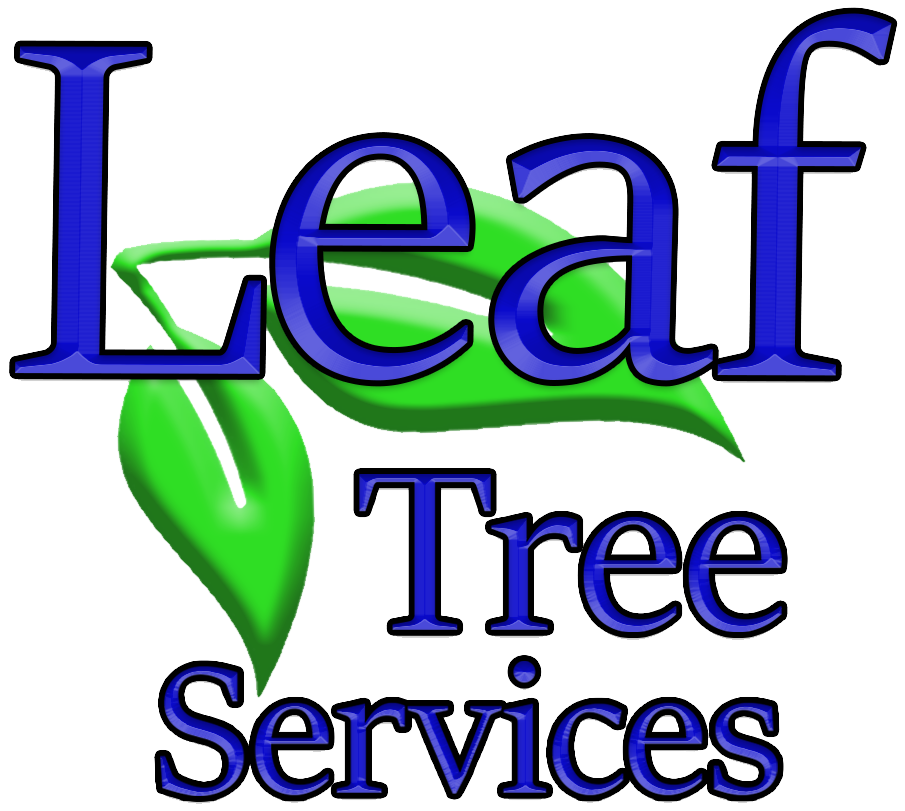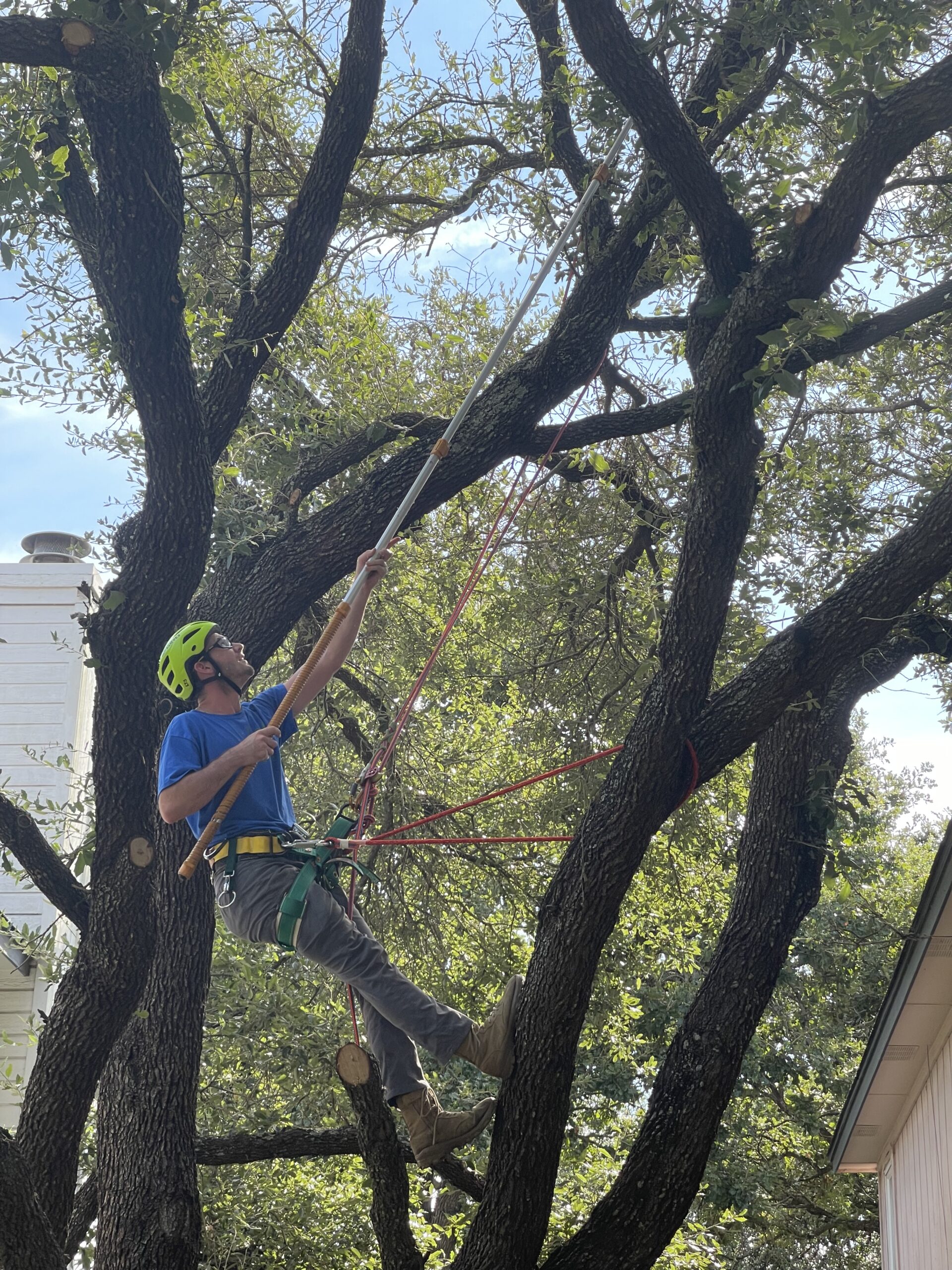Tree Services professionally maintain your trees
Tree Services in Round Rock and Austin TX can help you take care of trees in your environment. Trees are not only majestic features of nature but also crucial components of our environment. They provide us with oxygen, filter pollutants from the air, and contribute to the overall well-being of our ecosystems. Therefore, it’s essential to take proper care of trees to ensure their health and longevity. However, there are several myths surrounding tree care that can lead to misinformation and potentially harm these valuable assets. In this article, we’ll debunk some of the most common tree care myths to help you better understand how to care for the trees on your property.
Myth 1: Trees Should Be Pruned Only in Spring or Summer
One of the most prevalent misconceptions about tree care is that pruning should only be done during the spring or summer months. While it’s true that these seasons are generally ideal for pruning because trees are actively growing, it doesn’t mean that pruning is off-limits during other times of the year.
In reality, different types of trees may benefit from pruning at different times of the year. For example, deciduous trees are often pruned during the dormant season, which occurs in late fall or winter when the tree has shed its leaves. Pruning during this time can help promote healthy growth in the spring by removing dead or diseased branches.
Additionally, some tree species are best pruned after they have flowered to avoid cutting off potential blooms. Understanding the specific needs of your trees and consulting with a certified arborist can help determine the best time for pruning.
Myth 2: Newly Planted Trees Require Regular Staking
Many people believe that newly planted trees need to be staked to provide support and stability while they establish roots. While staking may be necessary in certain situations, such as in windy areas or with top-heavy trees, it’s not always required and can even be detrimental if done incorrectly.
In fact, excessive staking can prevent trees from developing strong root systems and can lead to dependency on the stakes for support. It’s essential to assess the individual needs of each tree and only stake when absolutely necessary.
When staking is required, it’s crucial to use proper techniques and materials to avoid causing damage to the tree. Stakes should be placed outside the root ball and loosely secured to allow for movement, which encourages the tree to develop strength and stability on its own.
Myth 3: Topping Trees Helps Them Grow Better
Topping, also known as hat-racking or rounding over, is the practice of indiscriminately cutting back large branches to reduce the height or spread of a tree. Some people mistakenly believe that topping trees can help them grow better or control their size, but this couldn’t be further from the truth.
In reality, topping is extremely harmful to trees and can lead to a host of problems, including:
- Weak, unstable growth: Topping removes the tree’s natural canopy, which can stimulate the growth of weak, fast-growing branches that are more susceptible to breakage.
- Increased risk of disease and pests: Topping exposes the inner branches of the tree to sunlight and environmental stress, making them more vulnerable to disease and insect infestations.
- Reduced lifespan: Topping can severely weaken a tree and significantly shorten its lifespan. In some cases, topped trees may die prematurely due to the stress and damage caused by the pruning.
Instead of topping, proper pruning techniques should be used to selectively remove branches and maintain the tree’s natural form and structure. This not only preserves the health and integrity of the tree but also enhances its aesthetic appeal and overall value.
Myth 4: Adding Mulch Against the Tree Trunk Causes Harm
Mulching around the base of trees is a common practice that offers numerous benefits, such as conserving moisture, suppressing weeds, and improving soil structure. However, there is a misconception that placing mulch directly against the tree trunk can cause harm by promoting disease or rot.
In reality, properly applied mulch can protect the tree’s trunk and roots from damage and stress. Mulch acts as a buffer against temperature extremes, helps retain moisture in the soil, and reduces competition from weeds and grass.
To avoid potential problems, such as moisture buildup and rot, mulch should be applied in a shallow layer (2-4 inches) and kept several inches away from the tree trunk. This allows for proper air circulation and prevents the trunk from becoming overly moist, which can attract pests and promote disease.
Additionally, it’s important to use organic mulch, such as wood chips or shredded bark, as opposed to inorganic materials like rubber or plastic. Organic mulches break down over time, enriching the soil and providing nutrients to the tree, while inorganic mulches can hinder soil health and drainage.
By debunking these common tree care myths, you can better understand how to properly care for the trees on your property and promote their health and longevity. Remember to consult with a certified arborist for expert advice and guidance tailored to your specific trees and landscape. In Part 2 of this article, we’ll continue to explore more myths and misconceptions surrounding tree care.
Myth 5: Trees Can “Heal” Themselves After Injury
It’s a common belief that trees have the ability to “heal” themselves after sustaining injuries, such as cuts or wounds from pruning, storms, or other environmental factors. While trees do have mechanisms for compartmentalizing damaged areas and defending against pathogens, they cannot regenerate tissue in the same way that animals do.
When a tree is injured, it forms a protective barrier around the wound through a process called compartmentalization. This barrier helps to prevent the spread of decay and pathogens within the tree’s vascular system but does not repair the damaged tissue. As a result, the wound will remain visible on the tree for its entire lifespan.
Proper pruning techniques can help minimize the size and impact of wounds on trees, but it’s essential to understand that pruning cannot undo damage that has already occurred. Prevention is key when it comes to minimizing injury to trees, so it’s important to hire trained professionals and practice proper tree care techniques.
If you’re unsure about how to care for the trees on your property or have questions about tree care practices, don’t hesitate to seek guidance from a certified arborist or tree care professional. Their expertise and experience can help you make informed decisions and maintain healthy, beautiful trees for years to come.
Work with the best tree Services in Round Rock and Austin TX
Leaf Tree Services is your locally owned professional tree service with certified arborists for residential and commercial customers in Round Rock, Austin, and surrounding Central Texas areas. You can trust your trees to us. Contact us today to schedule a consultation, at 512-670-6766.


